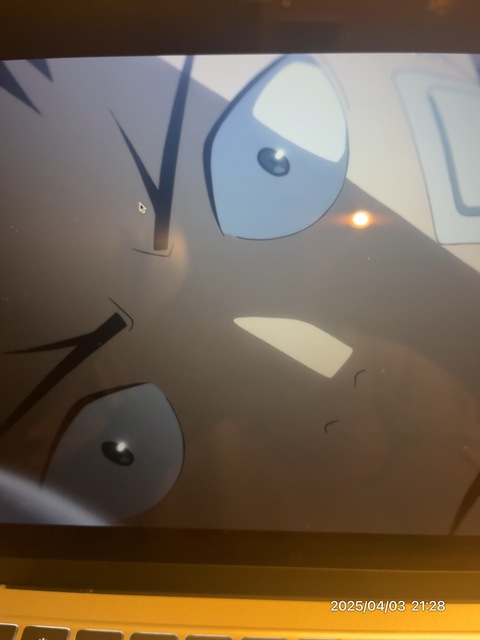
出典:アニメ『怪獣8号』第2話/©松本直也/集英社・怪獣8号製作委員会
Body:
After finishing all episodes of Kaiju No. 8 on Netflix, I went back and rewatched Episode 2—and it felt like an entirely different experience. Hidden clues, symbolic scenes, and subtle character developments stood out much more clearly. In this post, I’ll share my breakdown of Episode 2 along with insights that only become apparent on a second viewing.
⸻
Episode 2 Recap & Highlights
The episode picks up right after Kafka and Reno are rushed to the hospital. Kafka experiences a strange phenomenon within his body and transforms into a kaiju for the first time. A new monster attacks the hospital, and Kafka, despite his monstrous form, manages to protect Reno, all while retaining his human consciousness.
What stood out upon rewatching was how the direction hints that Kafka’s transformation may not be entirely coincidental. The use of framing, shadows, and sound suggests something deeper behind the scene.
⸻
Kafka’s Inner Conflict: Between Human and Kaiju
Episode 2 marks a major turning point—Kafka becomes a kaiju. What’s truly compelling on a second viewing is how the show carefully portrays his psychological struggle. Even as he panics, we see his determination to hold onto his humanity.
One of the most powerful moments is when he instinctively protects Reno. It underlines a key theme of the show: Kafka may have changed on the outside, but who he is at his core remains the same. That theme continues to shape the series moving forward.
⸻
Subtle Foreshadowing in Episode 2
There are several pieces of foreshadowing you may miss on a first watch:
• No one witnesses Kafka’s transformation—why is that important?
• The hospital kaiju seems to be searching for something
• The timing of Kafka’s transformation and the appearance of Kaiju No. 9 feels suspiciously linked
These details hint at larger mysteries that unfold later in the story, making Episode 2 a dense and crucial part of the narrative.
⸻
Action & Animation: Notice the Evolution
Compared to Episode 1, there’s a noticeable jump in action scenes and dynamic animation. Kafka’s kaiju form has a distinct weight and movement, and the explosions and debris effects are incredibly detailed.
Another great touch: the transformation effects are not just flashy—they’re uncomfortable, emphasizing the unnatural change Kafka is going through. The animation reflects his psychological discomfort, which is a great example of visual storytelling.
⸻
Conclusion: Episode 2 Is the Beginning of Kafka’s Dual Identity
Episode 2 doesn’t just show Kafka’s transformation—it marks the beginning of the show’s deeper theme: what does it mean to be human? The moment he becomes a kaiju, he also begins to redefine himself.
This episode is packed with visual clues, thematic hints, and emotional beats that you may only truly appreciate after seeing the full season. It’s absolutely worth a second look.
I’ll be doing more of these rewatch-based episode breakdowns, so stay tuned for the next one!
⇧
“Your click helps my blog grow—thanks for your support!”


Comment